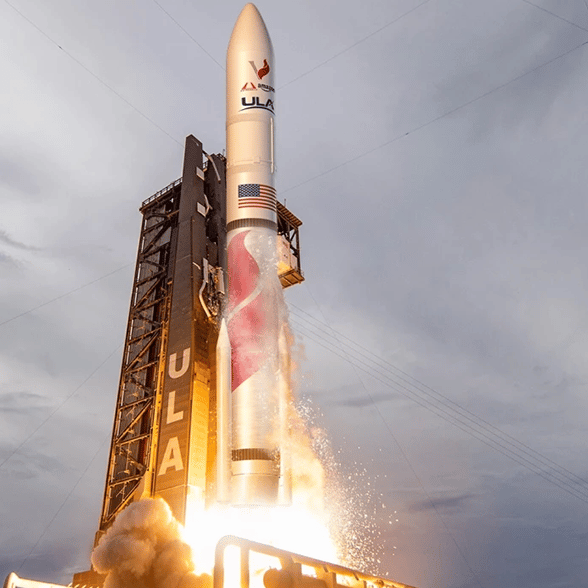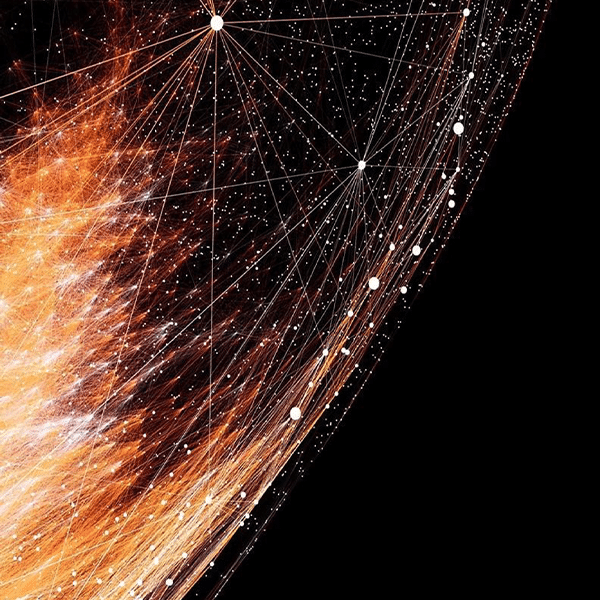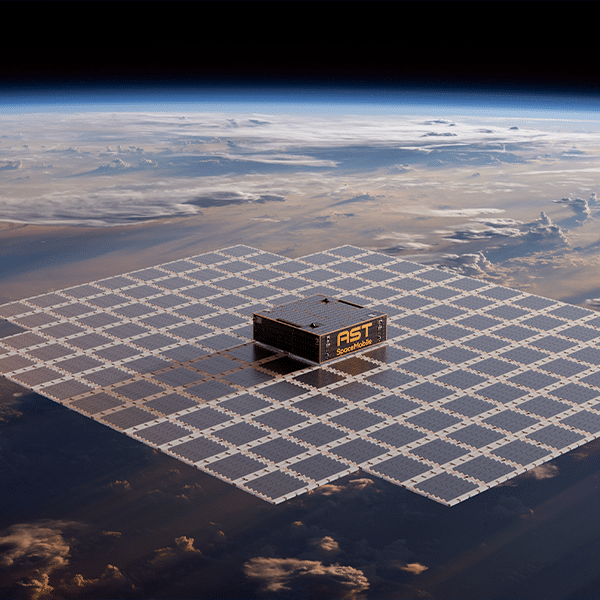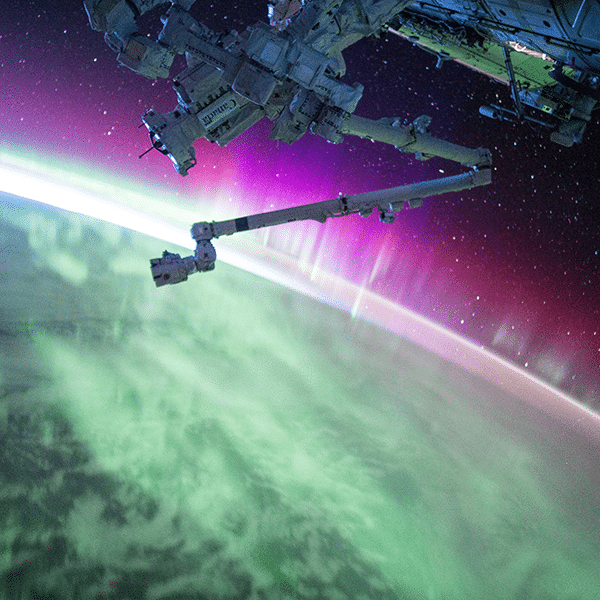Amazon’s Project Kuiper is planning to launch two prototypes as it nears the full rollout of its ambitious satellite broadband service in early 2023.
Project Kuiper plans to launch 3,236 low-earth orbiting (LEO) satellites to blanket the planet with connectivity. In April, Amazon said that it had reached an agreement with United Launch Alliance’s (ULA), Arianespace and Blue Origin to execute the launches.
Amazon has chosen one of those companies – ULA – for the launch of Kuipersat-1 and Kuipersat-2. They will be completed later this year and are slated to launch on ULA’s new Vulcan Centaur rocket early next year.
“We couldn’t be more excited to join the first launch of ULA’s Vulcan Centaur. We’ve already secured 38 Kuiper launches on Vulcan, and using the same launch vehicle for our prototype mission gives us a chance to practice payload integration, processing, and mission management procedures ahead of those full-scale commercial launches,” Rajeev Badyal, the vice president of technology for Project Kuiper, said in a post. “Our prototype satellites will be ready this year, and we look forward to flying with ULA.”
The Amazon post says that Project Kuiper is starting to scale production to reach full deployment. The production satellites – those that actually will be used by the satellite service – will launch on ULA’s Atlas V rocket.
Newer “heavy lift” rockets from Arianespace and Blue Origin will be phased in. As many 92 total launches have been secured. Project Kuiper also is retaining two launches with ABL Space Systems, which originally was going to launch the two prototypes. The post says that the diverse portfolio reduces risks and enables different rockets to address different needs.
More than 1,000 people work on the project. ULA is expanding its manufacturing facilities in Alabama, Northrup Grumman is expanding in Utah for the solid rocket booster and Beyond Gravity is building a second satellite dispenser production facility in Linköping, Sweden.
Space certainly will be getting more crowded. Besides Project Kuiper, Elon Musk’s SpaceX’s Starlink, OneWeb and LeoSat suggest that one day space may resemble a New York City highway at 6 PM.



